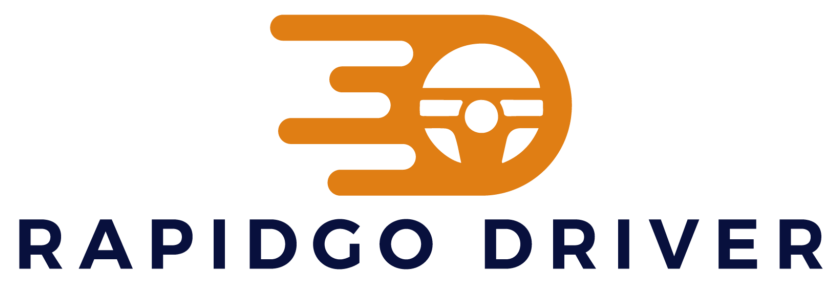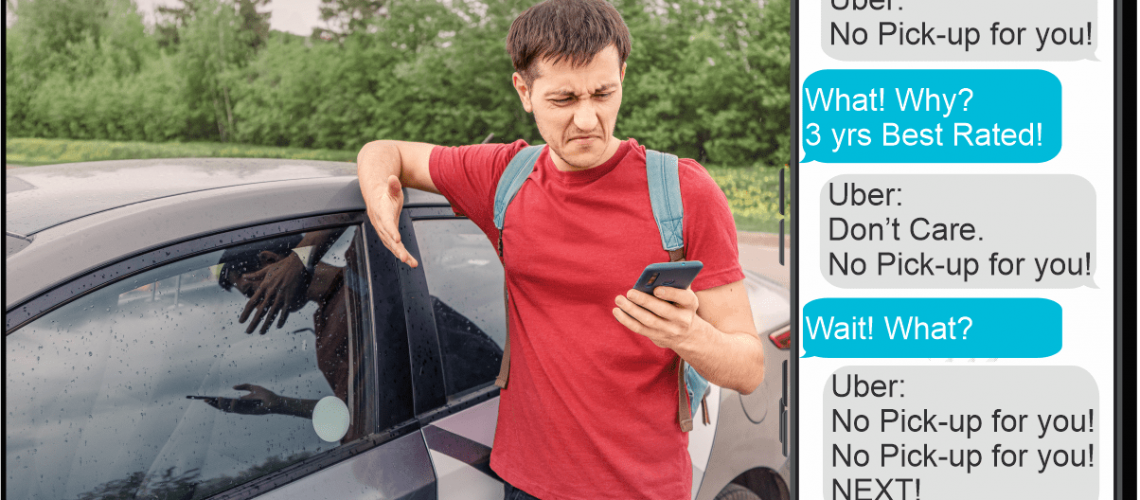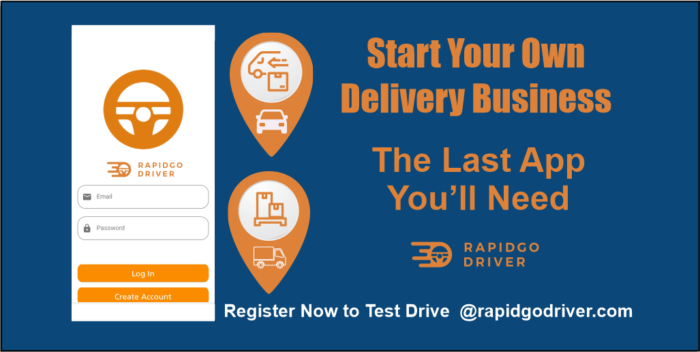
Uber operates a ‘brilliant and thorough’ system for controlling its drivers, the NZ Employment Court has learned.
Uber continues to flex its muscle globally to create a new class of workers that they alone control. Rideshare gig drivers continue to be divided on how they want to be treated and classified under the Uber platform.
There will always be a place for the driver who is desperately driven to give up basic rights for quick money. They choose to have a corporate entity provide any form of income rather than pursue an independent driver model and the responsibilities that require.
The existing class of Uber drivers includes new immigrants, desperate for income, myriad corporate jobless workers, full-time workers not earning enough to live on, parents attracted to the flexibility of a casual income source, and those daunted by the steps required to achieve independence as a delivery driver.
Increasingly, they want their voices to be heard and their exploitation to end. It is no wonder Uber, along with all third-party platforms, are willing to invest millions of dollars into defending its position to ruthlessly run roughshod over drivers and limit their voices.
According to the latest case before the NZ Employment Court, Chief Judge Christina Inglis recently heard.
“It is completely impossible to imagine an agreement which could give Uber more control than this one,” said lawyer Cranney of the company’s services agreement with drivers. “You might as well sign a piece of paper with Uber saying, ‘please categorize me however you wish, and do with me whatever you will, and pay me whatever you like, and dismiss me whenever you see fit … And if you don’t like it you can leave.”
Many countries define an employee as having their time, space, and exclusivity controlled by the paying entity.
Simply offering services to multiple pay sources improves the optic for a driver to be considered an independent contractor, not an employee. Uber recognizes that, using that reasoning to present itself as merely a conduit between drivers and passengers, claiming that drivers have control over time.
The space the driver maintains for Uber’swork, their vehicle, is under strict control and observation by Uber. Vehicle size, color, and cleanliness are all regulated. History has shown Uber secretly invading driver space by taking over driver phones to record the in-vehicle activity and therefore loyalty.
Uber collects and tracks data on drivers, gleaned from their proprietary apps, to make algorithmic decisions on driver productivity. There is an entire industry that is more profitable than Uber to help distressed drivers combat being deactivated for unknown cause.
Exclusivity to one dispatching platform limits driver income and is impacted by the characteristic drip-drip of information to drivers. Typically, drivers are left guessing how much they will earn from any particular pick-up and drop-off before the passenger is in the vehicle. It becomes difficult for a driver to determine which offer is the most profitable when the platform withholds vital data. Human rights come into question for drivers attempting to maximize their meager earnings, NZ lawyers maintain.
Uber uses algorithms to manage rates charged to clients and amounts paid to drivers. The in-app coding monitors a driver’s time and space movements. The contractual relationship between platforms and drivers may be unilaterally revised without notice. Drivers may be deactivated by computer-generated responses to driver and client data, stripping away human reason and the ability of drivers to challenge the immediate loss of income.

For the client, fluctuations in supply and demand, called surge pricing, takes advantage of the passenger’s vulnerability and the desperate greed of the driver. The rideshare passenger traveling inbound to a concert may easily find their outbound trip costing more than double the inbound rate.
The NZ case exemplifies the global model used by Uber to cling to a desperate bid to use investors’ money to expand a disrupter model that is neither fair nor equitable for drivers or clients.
As the court has been told, Uber’s description of rideshare drivers in their contract clearly defines them as “fully controlled and integrated into Uber’s business,”
Uber has repeated similar logic globally to push legislation through that grants them the power to further control drivers and their loyalty while not recognizing them as employees. By forcibly creating a new class of workers, Uber places itself at the helm of writing the regulations and managing how they are implemented.
One simple requirement proposed by all Uber legislation is that drivers must reach a predetermined activity level, measured by Uber’s self-regulated algorithm, before they may receive benefits pooled by Uber and other third-party platforms.
It is not difficult to imagine Uber throttling back notifications to specific drivers to reduce their reaching the cut-off level. This same method is used by many businesses limiting working hours for employees to keep the company from contributing to employee benefits and healthcare insurance coverage.
The legislative activities by Uber will continue as the rideshare disrupter fights to keep its middleman position buoyant. Even after over a decade of non-profit results, investors grasp at every false flag as “maybe now” to support their hopes.
Across the US and Canada, drivers are attempting to have their voices heard and find better ways of cooperation to benefit delivery drivers as a group. Most cooperative central models still manage drivers, but with less exploitation. Territorial startups connecting restaurants with delivery drivers are appearing and disappearing regularly.
The fluctuation in demand for delivery drivers is perpetual. The time for the independent driver with the ambition to own their own business to reach their personal and financial goals has never been better and easier to obtain.
Rapidgo Driver provides the complete business development system for the independent driver, from proprietary logistical mobile app subscription connecting clients to drivers, to market development and expansion.
Drivers seeking job opportunities and clients seeking local professional drivers connect at the Delivery Driver Directory. Register your business to invite drivers for jobs.
Receive free access to Guide to Uber Independence – Last-mile Mobility Marketing for Independent Drivers – Marketing Locally, Web3, Metaverse, & NFTs.
To learn more please visit Resources at Rapidgo Driver.



